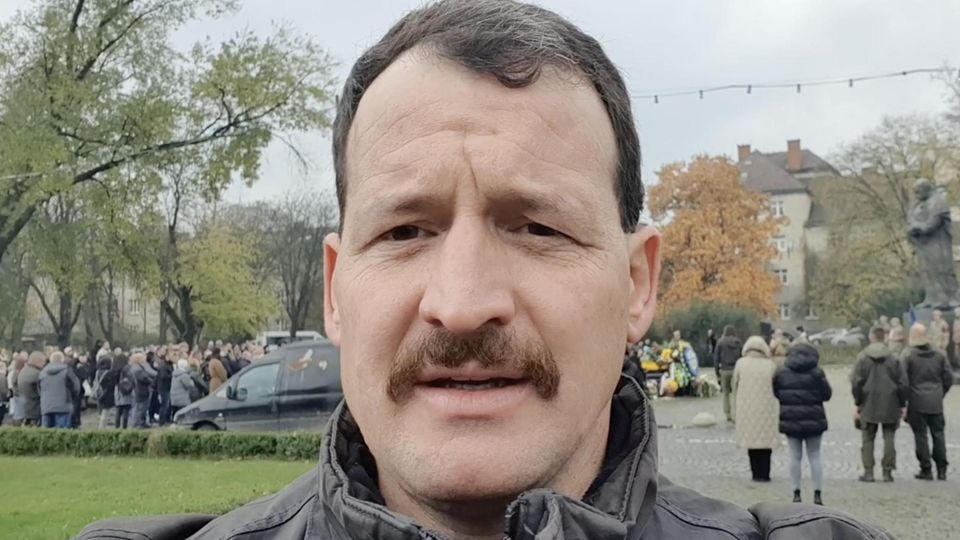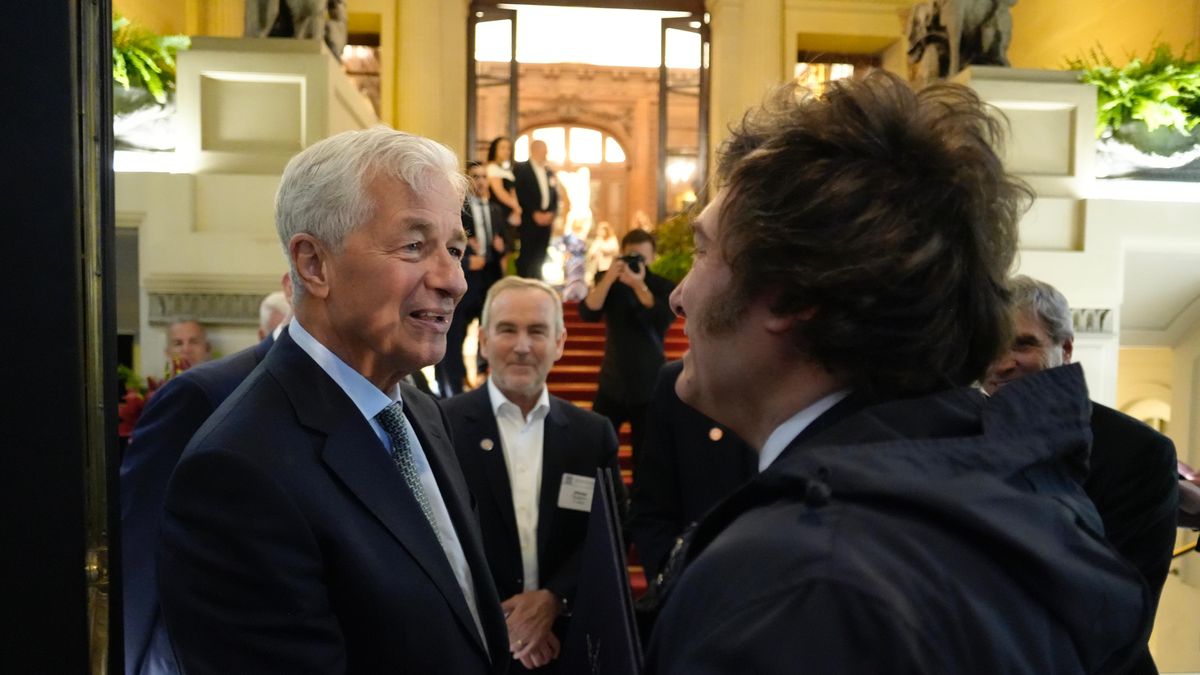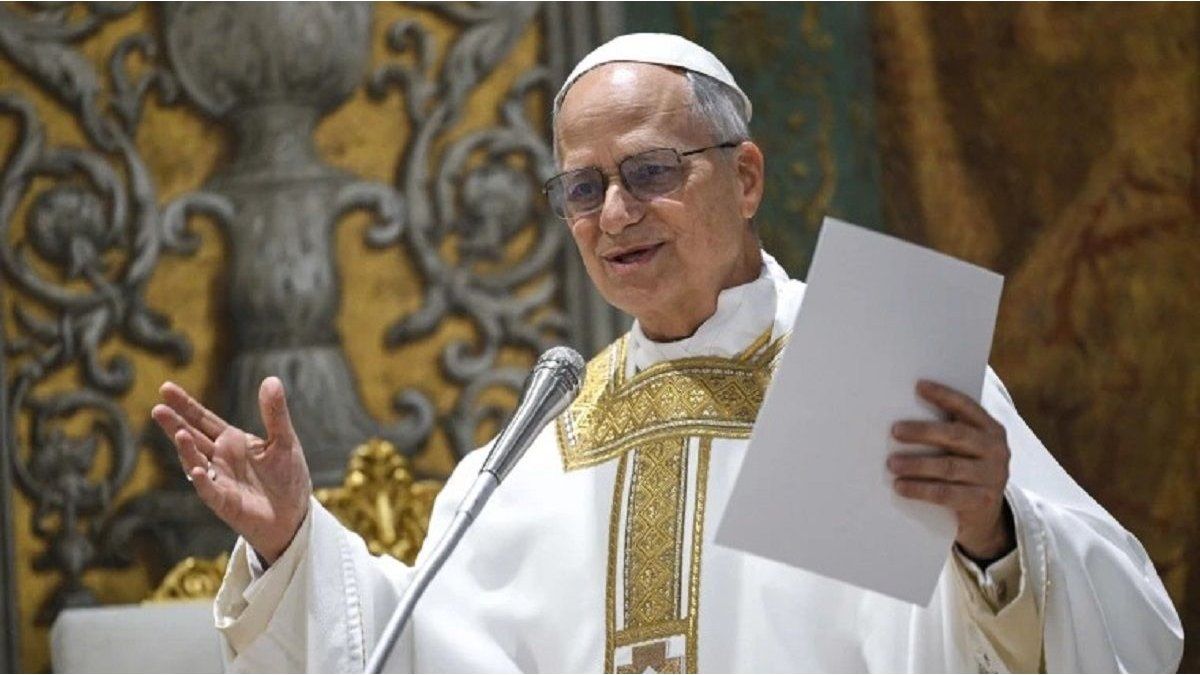Ukraine in 2023 means party nights in the clubs of Kiev, but also crying widows and traumatized soldiers. How can such opposites be reconciled? Attempting to answer a very difficult question.
Making-of – that’s the name of our new format on stern.de. We want to give you a personal look behind the scenes, tell us about our everyday journalistic life, what we experience during research and what motivates us in the editorial team. We’re starting a little series looking back at our moments in 2023.
At the end of this trip, I boarded the plane to Vienna in Kosice, Slovakia. In the morning I arrived in the Ukrainian border town of Uzhhorod on the night train from Kiev. I hold the nails of my thumbs together; there is still colorful glitter on them that an Armenian from Odessa painted on me two days ago in the Kiev electronic club K41.

In a place of unbridled joy of life, ecstasy and love: thousands of beautiful young people, uninhibited, absorbed in the booming music, gays who would like to snog me and who laugh their heads off when I answer them: “I’m sorry, I’m straight. ” A slim guy in his late 20s, an IT guy, is sitting at the bar. He volunteered for the army two months ago, but they didn’t want him because his eyesight was too bad. “Isn’t that surreal,” he asks me, pointing to the dancers. “There they die in the trenches and here they dance.” Then he stands up: “I’m now looking at this surreal world from the inside.” And disappears into the crowd.
A report ends with the last sentence – but the story continues in your head
Since 2012, I have been to the city as a reporter so many times Ukrainebut on the plane to Vienna and the days that followed this November, my head was bubbling more than ever since the beginning of the war, since I was woken up on February 24, 2022 in Kramatorsk, eastern Ukraine, by the impact of two Russian missiles. The report in which I tried to describe the mood in the country, in the presidential palace and at the funeral in the village, I have already sent it. For me as a journalist, a report ends with the last sentence. But as a human being, the story continues to spin in my head. How do I put together the things I experienced in these almost two weeks? Can they exist at the same time?
A few days before the party at Club K41, I’m sitting in the kitchen of Marianna, who buried her husband the day before, in a village right on the Hungarian border. She is in her early 40s like me and has daughters, twelve and eight years old. The man died at Bakhmut and was posthumously named “Hero of Ukraine”. The priest said bitterly to me in the village church: “The Woman doesn’t need a “Hero of Ukraine”, she needs her husband.”
There, in the village church, my photographer Stanislaw Krupar and I feel more out of place than ever before: we ended up here almost by chance. Now we see the sobbing woman in front with her children, all around us the village community, who are eyeing us, the two strangers, the disturbing elements, with curiosity and suspicion. It’s those agonizing moments in a journalist’s life when you ask yourself: What am I actually doing here?
In the kitchen, a widow plays the telephone conversation in which she found out about her husband’s death
Marianna recorded the call on her cell phone in which the officer informed her of her husband’s death. Sitting in her kitchen, I can now hear his monotonous voice quietly, and above that her desperate screams, unfiltered, primal screams, screams of pain like those that a woman gives birth to a child. Why is Marianna playing this to me? I see her now, a week later, now she’s just crying. And asks herself: How is she supposed to live on?
The screams of this woman are worse than anything I have seen so far in this war, worse than the maggot-eaten corpse of a Russian soldier in the May sun near Kharkiv, worse than the run-over soldier in the direction of Kherson in the fall of 2022. Dead people are just biomass, they’re over it. Whoever is left has to go

He had “golden hands,” the widow Marianna tells me tearfully about her husband. I had heard the same words the day before from the brother of a fallen soldier at a funeral in the city of Mukacheve. “Write it down like this: He had golden hands,” he tells me with a pained face, black leather jacket, very short hair, angular facial features. His older brother volunteered to join the army in the early summer. “And on the first day at Bakhmut, a Russian drone killed him.”
You can follow how this war has been going on for a year on Telegram: From a bird’s eye view you can see rows of trees, fields in which armored vehicles or groups of soldiers are moving. Then artillery shells hit or drones drop grenades and the people on the ground die. Sometimes the observation drones zoom in and you can see the people’s agony in detail, right down to the last twitch. There are Russian Telegram channels showing dying Ukrainians and Ukrainian channels showing dying Russians, every day, non-stop. This is Verdun, a century later, a war of attrition. “War of attrition,” who came up with this euphemism? Below, at altitude zero, that means blood, agony, severed limbs, destroyed existences, body bags, machine calls to the widows, unbridled pain. For what?
Soldiers want to go back to the front because they can’t cope with everyday life
The pain of the widow in the village and the ecstasy of the young people in Kyivp
Source: Stern
I have been working in the news industry for over 6 years, first as a reporter and now as an editor. I have covered politics extensively, and my work has appeared in major newspapers and online news outlets around the world. In addition to my writing, I also contribute regularly to 24 Hours World.




